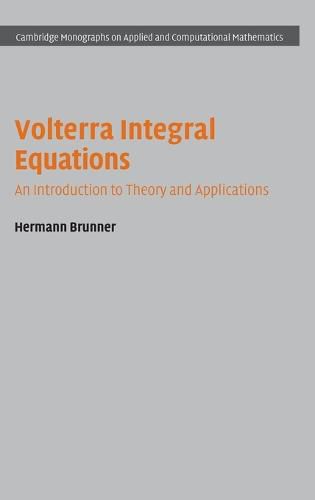Readings Newsletter
Become a Readings Member to make your shopping experience even easier.
Sign in or sign up for free!
You’re not far away from qualifying for FREE standard shipping within Australia
You’ve qualified for FREE standard shipping within Australia
The cart is loading…






This book offers a comprehensive introduction to the theory of linear and nonlinear Volterra integral equations (VIEs), ranging from Volterra’s fundamental contributions and the resulting classical theory to more recent developments that include Volterra functional integral equations with various kinds of delays, VIEs with highly oscillatory kernels, and VIEs with non-compact operators. It will act as a ‘stepping stone’ to the literature on the advanced theory of VIEs, bringing the reader to the current state of the art in the theory. Each chapter contains a large number of exercises, extending from routine problems illustrating or complementing the theory to challenging open research problems. The increasingly important role of VIEs in the mathematical modelling of phenomena where memory effects play a key role is illustrated with some 30 concrete examples, and the notes at the end of each chapter feature complementary references as a guide to further reading.
$9.00 standard shipping within Australia
FREE standard shipping within Australia for orders over $100.00
Express & International shipping calculated at checkout
This book offers a comprehensive introduction to the theory of linear and nonlinear Volterra integral equations (VIEs), ranging from Volterra’s fundamental contributions and the resulting classical theory to more recent developments that include Volterra functional integral equations with various kinds of delays, VIEs with highly oscillatory kernels, and VIEs with non-compact operators. It will act as a ‘stepping stone’ to the literature on the advanced theory of VIEs, bringing the reader to the current state of the art in the theory. Each chapter contains a large number of exercises, extending from routine problems illustrating or complementing the theory to challenging open research problems. The increasingly important role of VIEs in the mathematical modelling of phenomena where memory effects play a key role is illustrated with some 30 concrete examples, and the notes at the end of each chapter feature complementary references as a guide to further reading.